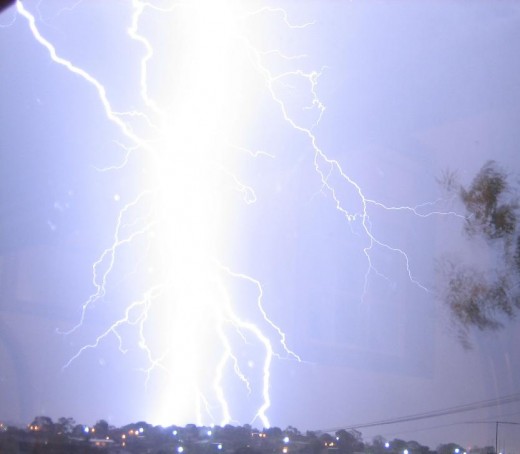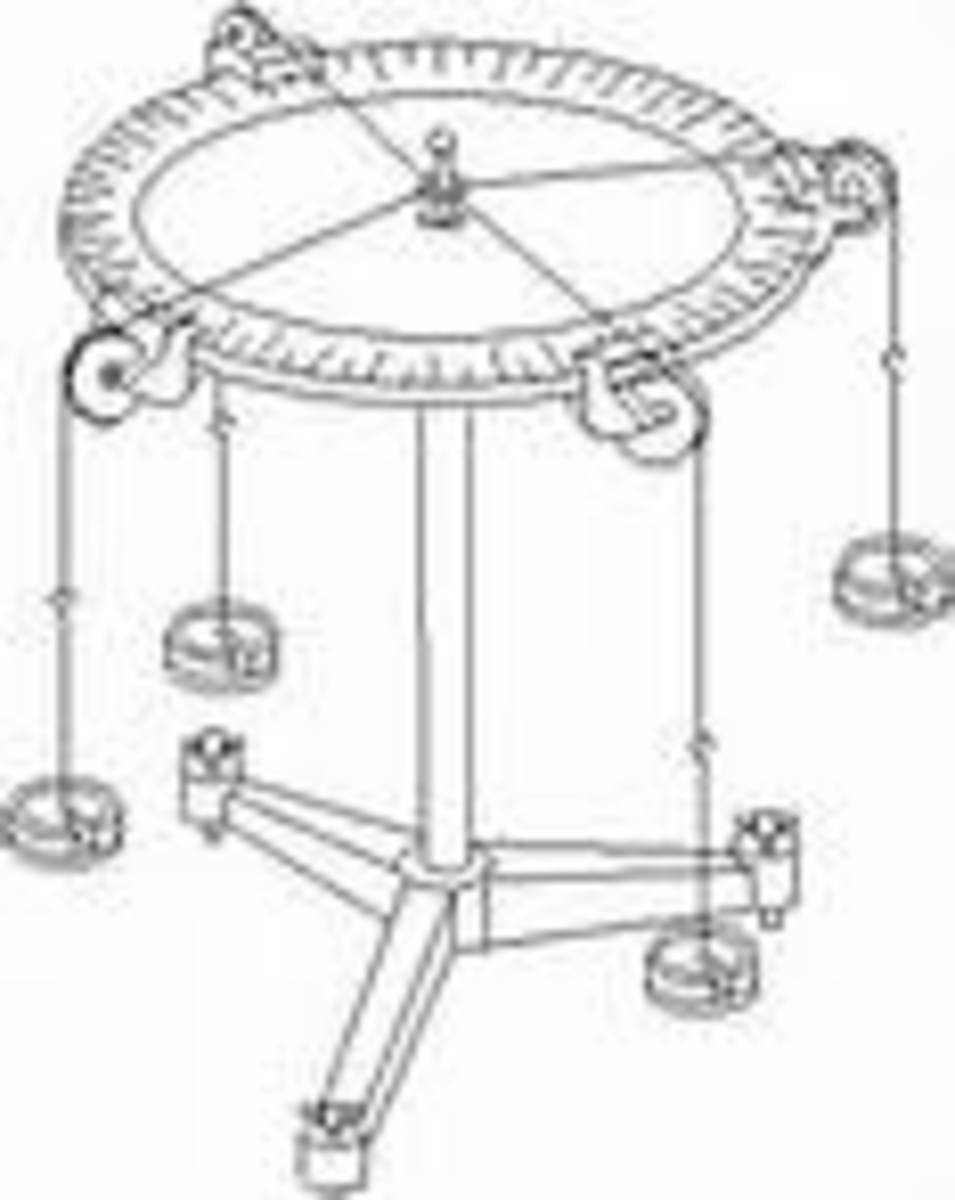Tipping Points

Discrete phase state changes and sudden occurences
A lot has been mentioned, documented and written about tipping points. I summation, a tipping point is when an organized system reaching a carrying capacity upper or lower limit, catastrophically changes into a different order instantaneously or within a very short time. We see this in earthquakes, coronal mass ejections, breaking glass, climate changes and many other phenomena. The usual application that we hear of these days is in reference to the carrying capacity of the earth and/or ecosystem. A lot is unknown about these transitional points, but we are aware of a host of then in natural systems and know when many of these go through what is described a phase state change. A well known example is that of the freezing point of water. Another lessor known one is the various phase state transitions for silicon dioxide, called quartz inversion, upon which much of our electronics is based and depends. These specific transition points are quantum based, which initiate at the atomic and sub-atomic level and reverberate from there to the macro world of human experience and consciousness.
Atomic structures as determined by Albert Einstein, experience phase state changes mediated by very specific wavelengths in the photo-electric effect according to the atomic element. These changes can alter physical substances as they interact with energy from the sun. It is ultimately what is behind photosynthesis at its most primordial level. There actually two tipping points for the hydrogen atom in the visible spectrum. Thus, photosynthesis is driven entirely by two very specific frequencies that interacts with hydrogen to convert solar energy into changes in biochemistry that create food, energy, growth and what we call life. These same frequencies originated on the sun when hydrogen atoms dropped to a lower energy level by emitting photons. Photosynthesis therefore operates on a phase state tipping point when interaction with specific photons catastrophically alter the base state of the system. This single interaction is what we base almost all our entire physical living experience. Without this single phase state transition, we would not be here. Life would be entirely different on earth, dependant on other reactions that are heat based.
Photosynthesis is mediated in the molecule we identify as water, which by itself, has phase state transitions or tipping points of its own. We can do an experiment where we can super chill water without it turning into ice. It can remain liquid at below freezing if not disturbed. As soon as it is disturbed, one can actually witness the freeze line expanding out from the point of shock. Super-chilled water changes from liquid to solid in a catastrophic and progressive fashion until the whole is frozen solid. At the molecular level, the transition is instantaneous. Water is peculiar, having many such transitions to different phase states. These also alter depending on pressure, whether a hard vacuum in space or at the bottom of a massive glacier. In the solid state, there are several phase state changes that were originally identified by Eskimos who have several names for ice, depending on its qualities. Liquid water also has several phase state changes, one of which is the boiling point at sea level. Another phase state change of concern lies at about 80 degrees Fahrenheit, where it evaporates more readily. It is this point that concerns climatologists who debate the consequences of global warming. At this temperature, more clouds form as well as more violent and frequent storms.
When vast amounts of moisture condense to form clouds, the turbulence in these clouds in the frozen and liquid parts generates high electrical potential that is released in a catastrophic discharge called lightning. The more turbulent the storm, the more lightning is discharged as that tipping point seeks to re-establish an neutral charge. These are some of the things we know. There is far more that we don't know, especially when we combine many of the basic phenomena in complex ways.
This forms the crux of the problem when we attempt to define unknown tipping points in the earth's complex assembly of ecosystems, each adapted to very specific conditions. We do know that when we reach one of these tipping points, changes come quickly, such as the massive die-off of coral due to just 1 degree Celsius in sea water warming. The contemporary world is filled with these unfolding catastrophes, warning of a massive phase state change that can well take us with it to extinction.



